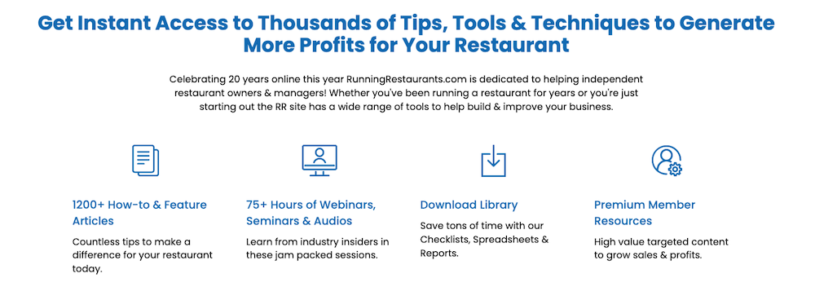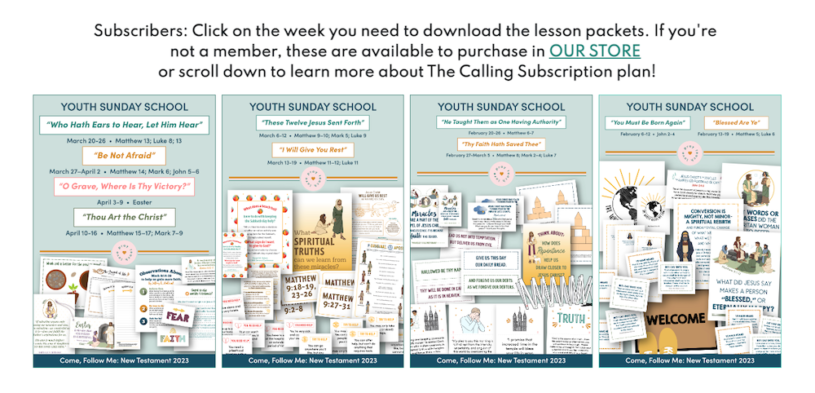
Setting the subscription prices for your membership website is a critical step to ensuring its profitability and long-term sustainability. When deciding the price, it's important to consider various factors, including the value you offer, your target audience and the costs involved. If you set the price too low, your profit margins might erode under the weight of fixed expenses like hosting, development, marketing and content creation. On the other hand, pricing too high could alienate potential subscribers, especially if they perceive your offering as not matching the cost.
How to approach pricing strategically in 2024:
1. Test your pricing
Many website owners set their subscription price based on a guess, but testing is essential. Unlike print publications, online platforms allow easy price adjustments. Experiment with different prices and track the results using A/B testing. Regularly refine your strategy to maximize profits.
To strike the right balance, start by analyzing your target audience and understanding their willingness to pay. Conduct market research to benchmark against competitors in your niche. Highlight your unique value proposition and justify your pricing with clear benefits and exclusivity.
Regularly evaluate and adjust your pricing strategy based on feedback, market trends, and your business goals. Testing different price points through limited-time offers or A/B testing can provide insights into what works best.
2. Pricing guidelines
While there are no universal rules, these benchmarks can help:
- Typical Monthly Rates: $1.60 to $1,600, with most subscriptions between $4.95 and $19.95.
- Revenue Example: 1,000 members at $9.99/month = $120,000 annually. After expenses, this could mean $100,000 in profit for a home-based operation.
- Consumer Sites: $50–$200/year.
- Business Sites: $200–$1,120/year.
3. Offer flexible payment plans
Consider offering tiered pricing or multiple subscription levels to appeal to a broader audience while still capturing premium members. Offering multiple pricing options is an effective way to boost conversions by accommodating your members’ diverse budgets and preferences. By providing tiered plans, you allow potential subscribers to choose a plan that fits their financial situation and commitment level.
Encouraging long-term commitments through discounted annual subscriptions not only offers added value to members but also delivers consistent, predictable revenue for your business. For instance, positioning the annual plan as the most cost-effective option compared to monthly billing incentivises subscribers to commit for a full year.
4. Promotional deals and free trials
Using special promotions is another effective strategy to drive new member sign-ups. You can create a sense of urgency by combining a discounted price point with an expiration date. Limited-time discounts, promotional codes, or introductory offers - such as “Get 50% off your first month” can motivate hesitant prospects to take the plunge.
Including additional perks like a free course, or exclusive access to a webinar or event can further sweeten the deal. Special promotions also help you tap into price-sensitive audiences without permanently lowering your standard rates. To maximize the impact, promote these offers through targeted email campaigns and on your social media channels.
5. Exclusive content
The exclusivity and uniqueness of your content directly influence how much you can charge for your membership website. High-value content that cannot be easily found elsewhere, such as specialized advice, insider information, or industry-specific insights, justifies premium pricing because it solves a specific problem or meets a niche need for your audience. For instance, expert strategies in stock trading, personalized coaching, or access to exclusive research reports can command significantly higher rates due to their perceived value and impact.
To set competitive yet profitable pricing, conduct thorough research on what similar platforms or competitors are charging. For example, if an official fan club charges $100/year for membership, a competing site offering similar benefits should align its pricing within the same range unless it delivers significantly more value. If your platform provides features like interactive forums, live Q&A sessions, exclusive merchandise, or deeper engagement, you can justify a higher price point. Understanding your competitors’ offerings and emphasizing your unique value proposition are key to setting a price that resonates with your audience while reflecting the exclusivity of your content.
6. Payment providers and compliance
Choosing the right payment processor is an important decision for your membership website, as it directly affects user experience, payment reliability and revenue management. Look for a processor that supports recurring payments to ensure seamless subscription renewals and minimises churn due to payment failures. Ensure the platform is secure, complies with industry standards and offers fraud protection to safeguard your members’ data.
Consider its compatibility with your website platform, the ease of integration and whether it provides flexible payment options such as credit cards, digital wallets and international currencies to accommodate a global audience. Additionally, pay attention to transaction fees, payout schedules and customer support to ensure the processor aligns with your budget and operational needs.
Conclusion
Your subscription pricing should be dynamic and data-driven. Test continuously, understand your audience, and refine your strategy to strike the perfect balance between value and profitability.





















